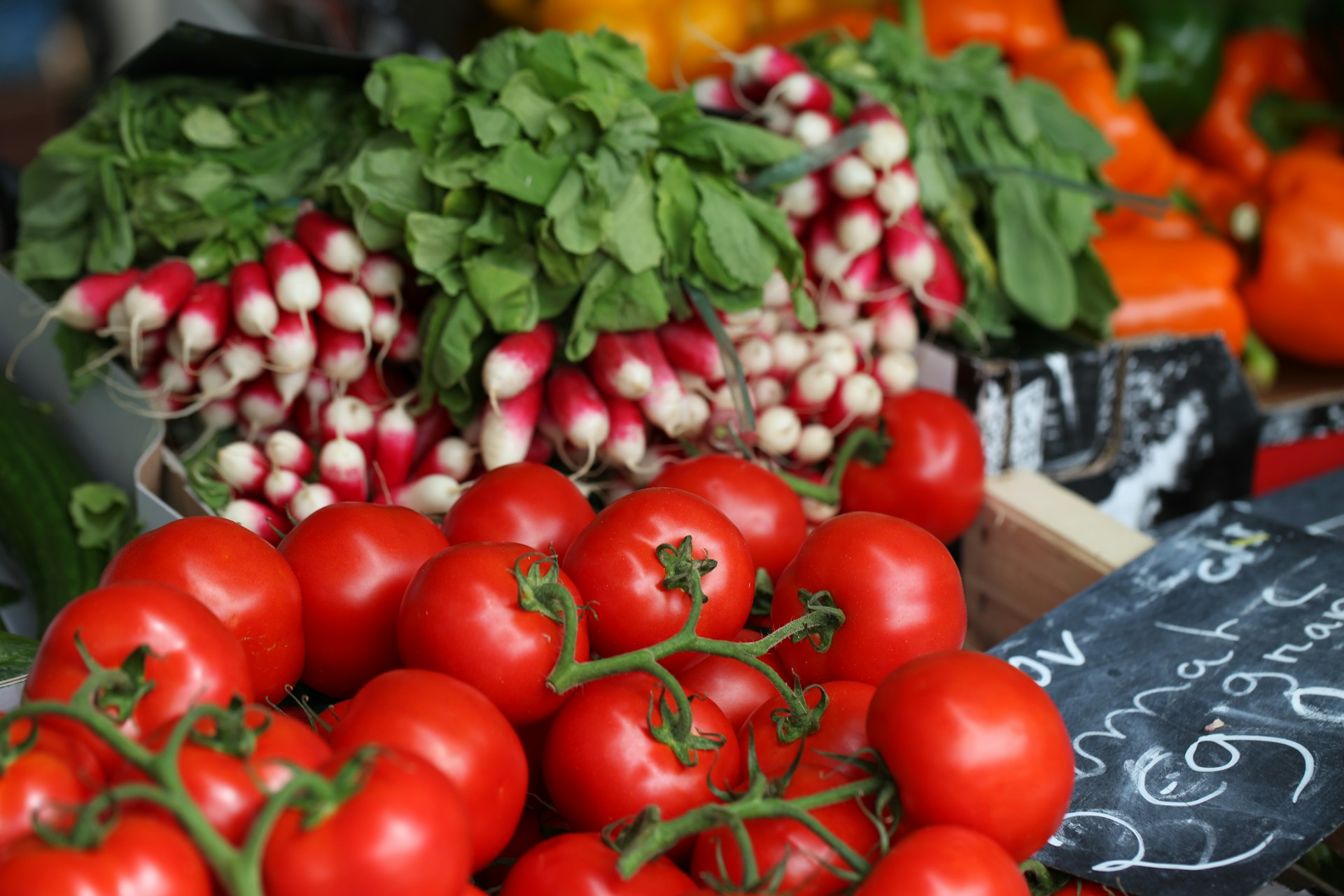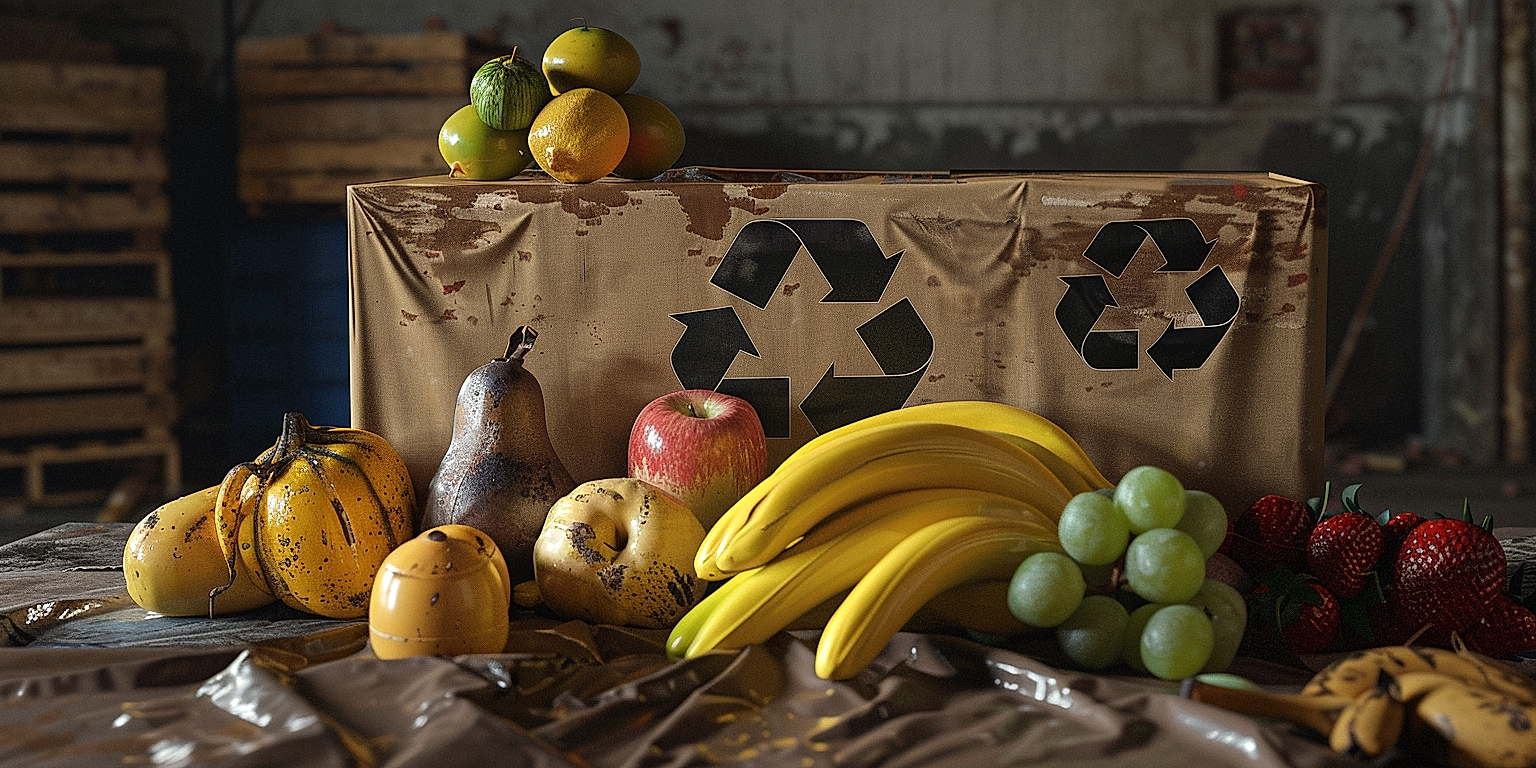Shipping produce isn’t a task to be taken lightly.
Whether it be fruits or vegetables, the shipment of produce is governed by stringent safety regulations which, if not adhered to, can lead to severe penalties.
Compliance with these rules is not just about avoiding a fine or a lawsuit, but ultimately, about ensuring the health and safety of the end consumer.
At the same time, upholding these standards can aid in building a company’s reputation for quality and integrity.
With this in mind, it is of utmost importance that companies involved in produce shipping understand these regulations.
This article aims to provide invaluable tips on how to navigate these extensive requirements proficiently.
Compliance Tips For Safety Regulations In Produce Shipping
1. Properly Clean and Sanitize All Shipping Containers
When ensuring compliance with safety regulations during produce shipping, the first step entails properly cleaning and sanitizing all shipping containers. It is easy to disregard the importance of this seemingly banal procedure, but the potential repercussions on food safety and health could be substantial.
Having dirty or unsanitary containers could contaminate the fruits and vegetables. This could eventually lead to foodborne illnesses down the line when consumers eat the produce.
Furthermore, disease-causing microorganisms left in the containers can multiply rapidly under favorable conditions, thereby posing a significant threat to food safety.
Regular, thorough cleaning and sanitation of shipping containers is thus critical for maintaining the health and safety of consumers and the reputation of your company.
Cleaning should commence with the removal of dirt or any visible debris, including leftover organic matter from previous shipments.
Afterward, a thorough washing with soapy water will help to break down any remaining particulate matter or grease stains that could hold bacteria.
Then, using a suitable disinfectant, all surfaces of the container must be sanitized to kill any bacteria, viruses, or other harmful microbes that might be present.
It’s significant to use the correct concentration of disinfectants, following manufacturer’s instructions so as not to leave any harmful residue or damage the produce.
The next step is to rinse the container thoroughly to eliminate any remaining disinfectant or soap. This assists in preventing chemical contamination of the produce.
After cleaning, the containers should be left to dry before being loaded with produce again. The drying phase is significant since moist conditions can encourage bacterial growth.
In addition to routine cleaning and sanitizing, shipping containers should also be inspected for any signs of wear and tear that could compromise their cleanliness or integrity.
For example, cracks or fissures on the surface might hold dirt or microbes that are challenging to remove thoroughly, again posing a risk of contamination.
Also, it is equally essential to consider the quality of the cleaning agents and disinfectants used. They should meet the international standards for food safety to ensure their effectiveness against a wide range of microbes and their safety for use with food products.
To maintain food safety and meet compliance standards, businesses in the produce shipping industry must adhere to stringent cleaning and sanitization practices for their shipping containers.
2. Monitor and maintain recommended produce temperature.
Ensuring the correct temperature for the storage and transportation of produce plays a crucial role in the realm of produce shipping.
This task is further complicated by the variety of produce: different fruits and vegetables require distinct optimal temperatures.
For example, tomatoes prefer temperatures above 10°C, while lettuce thrives at temperatures slightly above 0°C.
The difference in the optimal storage temperatures among various produce types underlines the importance of monitoring and maintaining these temperatures.
If the temperature is not properly monitored and maintained, the produce could deteriorate, losing its fresh appearance and, worst case, becoming unfit for consumption.
By observing correct temperatures, a significant reduction in food waste resulting from spoilage can be achieved, leading to more efficient operations.
Because of this, temperature monitoring and control is closely tied to regulatory compliance.
Industry standards insist on detailed temperature logs throughout the entire supply chain, including the shipping process.
These logs, usually required by law, display the commitment to keeping the produce fresh and safe for consumers.
Automated systems for temperature monitoring can bring considerable benefits, such as alerts when temperature fluctuations occur.
These systems also include extensive data logging features, which can help during any compliance checks.
Thermal blankets or insulation materials can help to maintain the temperature, especially if shifts in ambient temperature are expected during transport.
Properly insulated containers can prevent unexpected temperature fluctuations that may damage sensitive produce.
Periodic maintenance of refrigeration systems in shipping containers guarantees their reliability and their ability to keep the temperature within the required safe zone.
Towards this end, a thorough understanding of the specific temperature requirements of different produce types is a must for those involved in produce shipping.
This knowledge is key to implementing appropriate measures in maintaining set temperature ranges and achieving compliance with safety regulations in produce shipping.
3. Ensure packaging meets safety and quality standards.
One of the foremost concerns in the field of produce shipping is to ensure that the packaging meets both safety and quality standards.
It’s not just about preserving the freshness of the fruits and vegetables, it’s also about protecting them from potential damage or contamination during transport.
Material selection is a critical element in this process.
The type of packaging material used can directly affect the safety and quality of the produce. It should be durable, food-grade, and capable to withstand different environmental conditions.
Natural materials like bamboo or wood may be eco-friendly, but they may not provide the necessary protection during transit and might also harbor harmful bacteria.
Instead, it’s advisable to use FDA-approved plastic crates or boxes that can be easily cleaned and sterilized.
These materials offer optimum durability and can keep the produce safe from physical harm and microbes.
The packaging design is of equal importance too.
<p=A properly designed package should have proper ventilation for the produce to breathe, and should also allow for easy handling and stacking.Provisions like partitions or cells within the package can help prevent damages from compression or excessive movement of the produce.
Applying food safety marks and labels on the packaging is also a must, to provide the necessary information to the consumers like origin, handling instructions, etc.
It’s also mandatory to follow the local and international packaging guidelines, and if any, specific requirements set by the individual customers.
It’s not uncommon to see perishable goods getting rejected simply because the packaging did not meet the set criteria.
To avoid such incidents, businesses should stay updated about the latest regulations and practices in produce packaging and should review and modify their packaging strategies accordingly.
Surpassing the basic safety and quality standards can also act as a competitive edge, as customers today, prefer businesses that add value to their products and take extra measures towards safety and eco-friendliness.
Therefore, investing in superior packaging materials, design, and techniques can elevate the overall value of the product and thus, the brand.
4. Follow all local, national, and international regulations.
In the world of produce shipping, compliance to regulations is not just a recommended best practice, it’s a legal requirement.
It’s crucial to understand and follow all local, national, and international regulations to prevent legal complications and to ensure the safety of the produce while transport.
The key to this is thorough and up-to-date knowledge on laws and regulations involving food safety, packaging, labeling, and transportation.
Compliance experts are often hired to ensure all procedures fall within legal standards and guidelines.
Paying attention to details like export and import regulations can save companies from hefty fines and legal troubles.
The Food and Drug Administration (FDA) in the U.S. or the European Food Safety Authority (EFSA) in Europe are notable bodies that set forth regulations.
Countries have specific individual food safety laws that must also be adhered to.
For instance, exporters in the U.S. must follow the FDA’s Food Safety Modernization Act (FSMA) regulations, whereas in Europe, they have to comply with EU General Food Law.
Third party certification bodies can provide guidance and support in ensuring businesses meet safety standards and regulations.
Investment in training staff on the importance of regulatory compliance cannot be overstated.
Whether it’s the truck driver, quality assurance officer, packaging personnel, or anyone else involved in produce shipping, every staff member must understand the regulations surrounding their particular area of work responsibility.
Not following these international, national, or local regulations can lead not only to financial consequences, but also reputational damage which can lead to a loss in customer trust.
In the long run, consistent adherence to these laws will ensure a seamless shipping process, reinforcing your company’s commitment to quality and safety to both consumers and regulatory bodies.
Knowledge, vigilance, and firm implementation form the three-pillar approach to ensuring compliance in produce shipping.
5. Regularly train staff about food safety protocols.
In the world of produce shipping, safety regulations play a critical role in ensuring that commodities reach their destination as intended.
One vital aspect of implementing these regulations is the regular training of staff regarding food safety protocols.
This practice not only ensures the uniformity of handling methods across the board but also minimizes the chances of unintentional non-compliance.
Regular training sessions equip staff with the right knowledge to implement safety procedures effectively.
These training sessions can cover a range of subjects from the correct handling of perishable foods to the most recent changes in the shipping regulations.
This informational foundation is essential in establishing a culture of compliance within the company.
Moreover, to ensure the training sessions are effective, they must be interactive and engaging.
Techniques such as role-playing or scenario analysis can drive home the importance of adhering to safety regulations.
Alongside instilling correct practices, these training sessions should also aim to correct any misconceptions or improper techniques currently in practice.
The frequency of these sessions should be regulated, considering changes in industry standards, regulation updates, new hires, or identified gaps in the current knowledge base.
Potential risks or emergency scenarios should also be specifically addressed to ensure all staff are adequately prepared and informed.
Constant reinforcement of safety rules and communication of changes in a timely manner can lead to more robust food safety adherence.
In addition to these sessions, providing staff with easy access to training resources like manuals, videos, or online courses can further help them understand and implement these protocols.
Training programs should not just be informational, but should also encourage commitment to maintaining the standards.
Lastly, it’s important to regularly assess staff knowledge on these safety protocols through practical demonstrations and examinations.
This allows for early detection and rectification of any lapses, thus ensuring the highest level of compliance with safety regulations.
The Bottom Line
To secure the highest level of safety in food distribution, an adherence to several procedures is necessary.
Ensuring shipping containers are thoroughly cleaned and adequately sanitized is paramount, along with maintaining optimal produce temperature.
Safety and quality standards must be reflected in appropriate packaging to prevent foodborne illnesses.
Adherence to all local, national, and international regulations proves instrumental in ensuring quality is upheld globally, while regular staff training on food safety protocols fosters a culture of excellence and accountability.
These steps form a comprehensive approach to the safe and efficient distribution of food.
Above all, they reflect a commitment to consumer safety and wellbeing, which should be the leading priority of all involved in the food supply chain.




